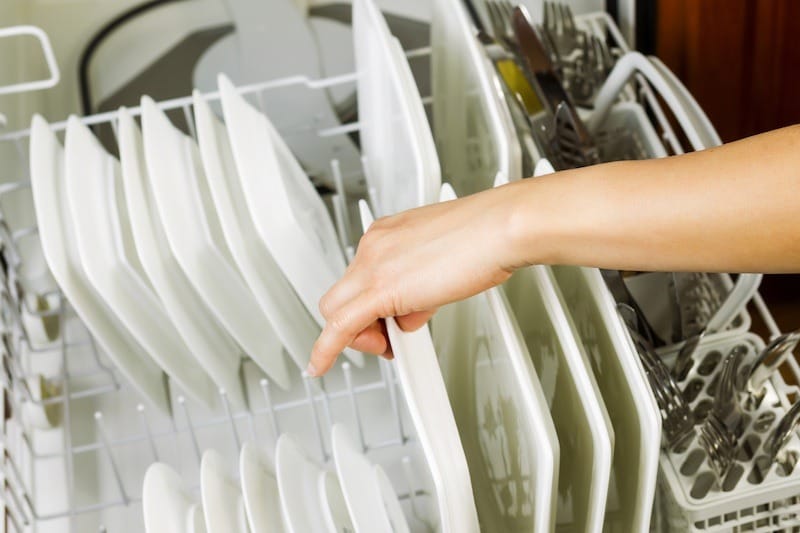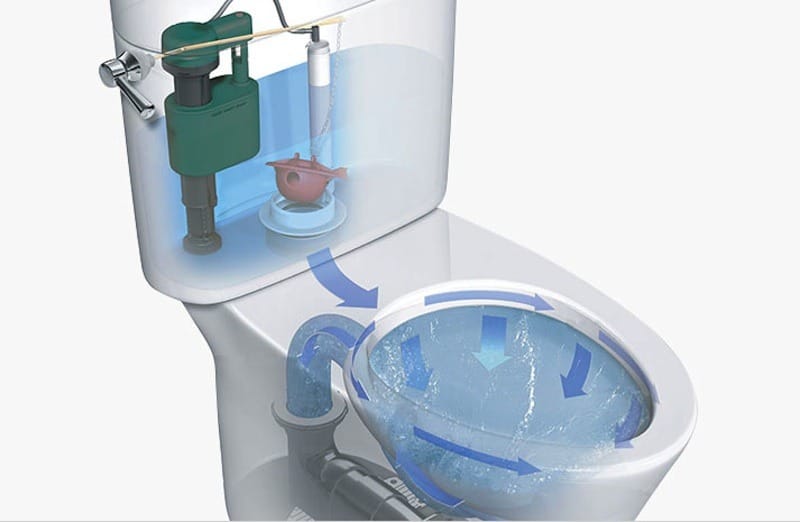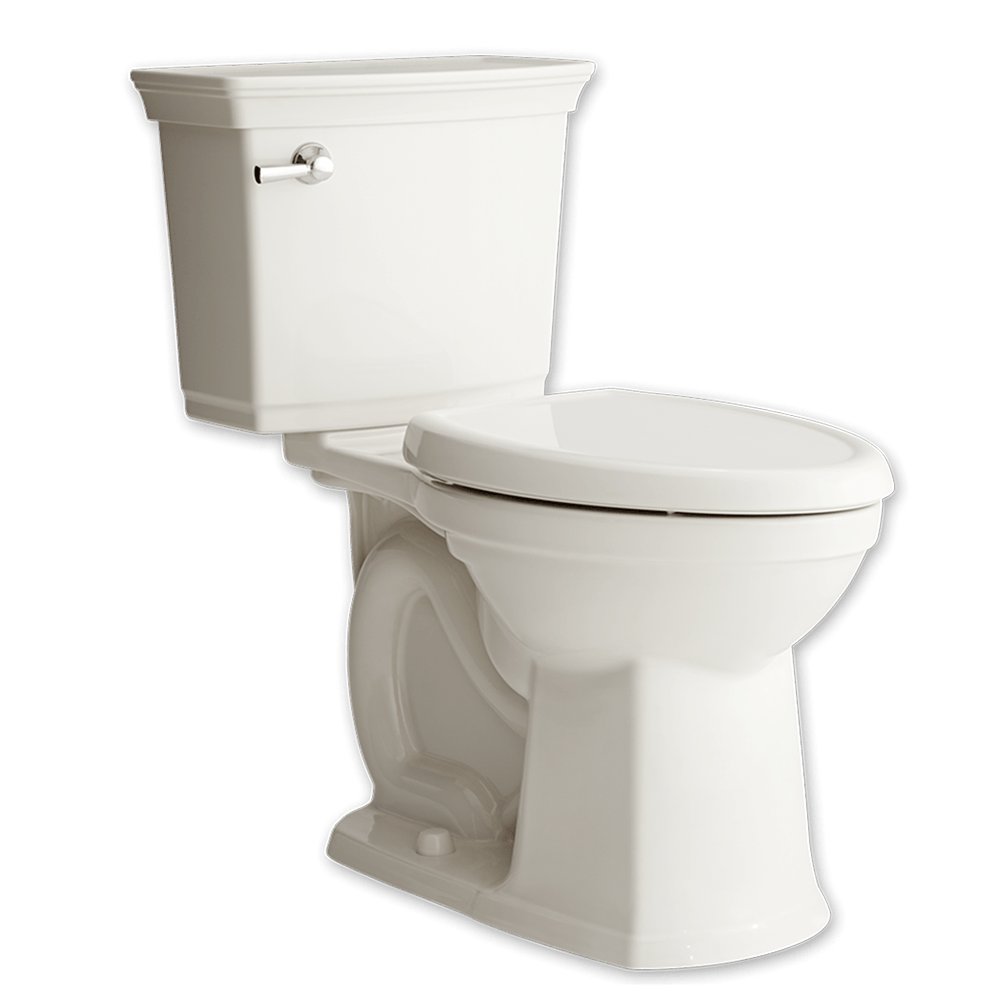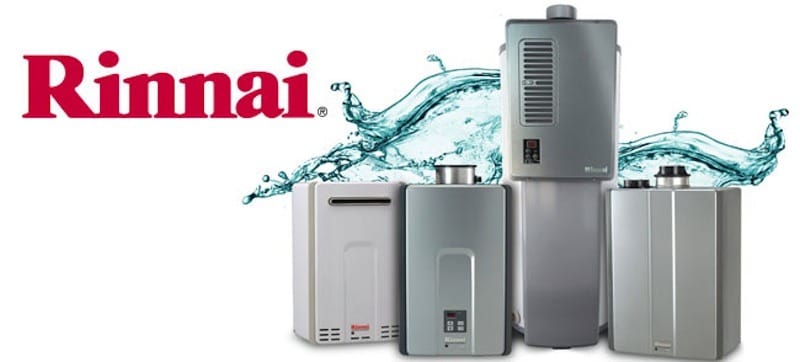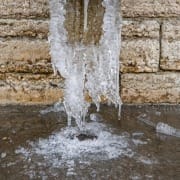More Household Water Conservation Tips for the Kitchen and the Rest of Home
In the initial posting offering up tips on how to become smarter about conserving water in the bathroom, the Raleigh professional plumbers at Poole’s Plumbing listed several ways in which you could be smarter about not only your usage of water, but by doing so, save money on costly bills by simply being more observant and making sure all is running properly. The same applies to Household Water Conservation throughout the kitchen and the rest of your home, just by making a few simple adjustments and keeping a close eye on the functionality of your appliances.
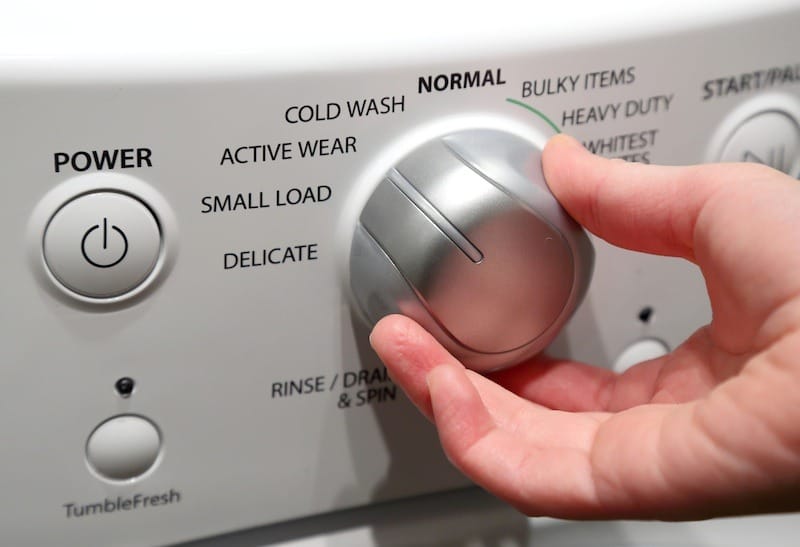
Starting out in the kitchen and laundry room, there are many simple steps that can be taken to start you on the road to savings and to avoid being wasteful through Household Water Conservation. Three major areas around the house where you can conserve are when using your faucet in the kitchen, while washing dishes, and when doing laundry. The following simple steps can be done by anyone to start your Household Water Conservation.
Faucets
- Look for any leaks and if found, fix them immediately. (A faucet that leaks just 60 drops in a minute wastes over 190 gallons of water over the course of a month, this is the equivalent of over 2,300 gallons in a year’s time)
- Install a faucet with the WaterSense label. Any aerator or faucet containing the U.S. EPA WaterSense name uses a maximum of 1.5 gallons per minute.
- An obvious step that sometimes is overlooked is to simply turn your faucet off if washing hands or scrubbing dishes while lathering.
- Do not run the water to thaw out frozen foods. Being mindful and thinking ahead to simply put these items in the refrigerator to thaw overnight is an easy way for Household Water Conservation
Dishwashing
- As noted above under faucets, if washing by hand fill the sink with water to use and then shut the faucet off rather than keeping he tap running.
- When running a dishwasher, only wash when it is completely full. This will cut down on the number of times you use the machine and thus help with your Household Water Conservation efforts.
- Use the dishwasher as opposed to washing by hand when possible. Especially if you are mindful of water usage during “pre-rinsing,” the dishwasher will use considerably less water than running the tap as you scrub.
- Lastly, if you have an older model dishwasher, look into a new, more efficient model. With technological advances, Household Water Conservation can be had easily, as most newer models will tell you the amount used per washing cycle.
Laundry
- Just as stated above with the dishwasher, maybe the most simple way to achieve Household Water Conservation is by only doing full loads of laundry as opposed to starting up a half full washer.
- If you have an older model washing machine, adjust the water level for the amount needed in each load. Many of the newer models will do this automatically
- Once again, updating your older model may be the most efficient method of Household Water Conservation in the laundry room. Units built prior to 2011 on average use about 40 gallons per load, while the newer models use as little as 15 gallons per load.
- Finding an EnergyStar model or checking when selecting a new unit for the lowest possible “water factor” will help you maximize your per load conservation.
Much like the conservation tips offered in our previous article touching on the bathroom, following these simple tips for Household Water Conservation can put you well on your way to avoiding wasteful water usage as well as starting on the road to savings.

